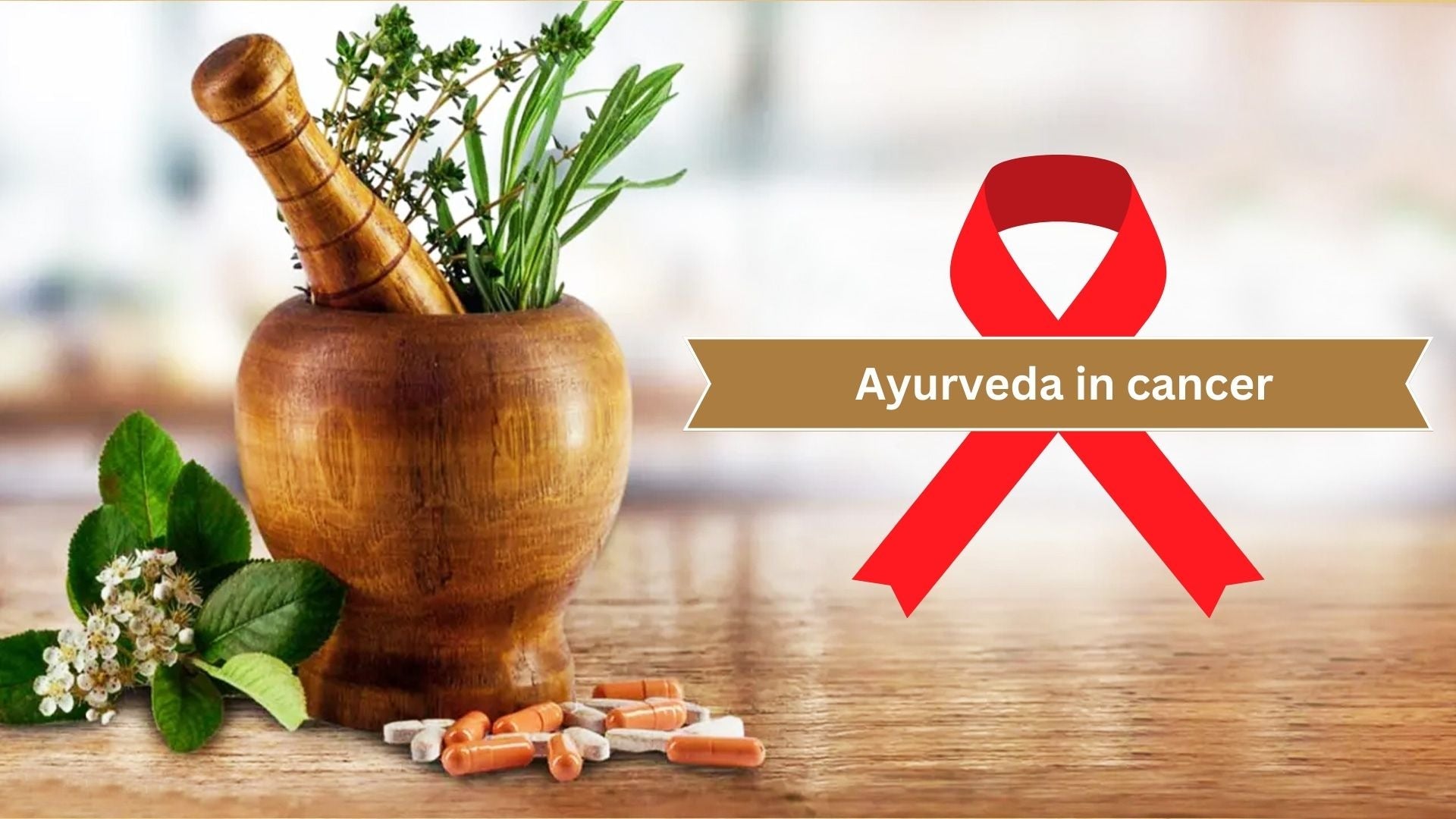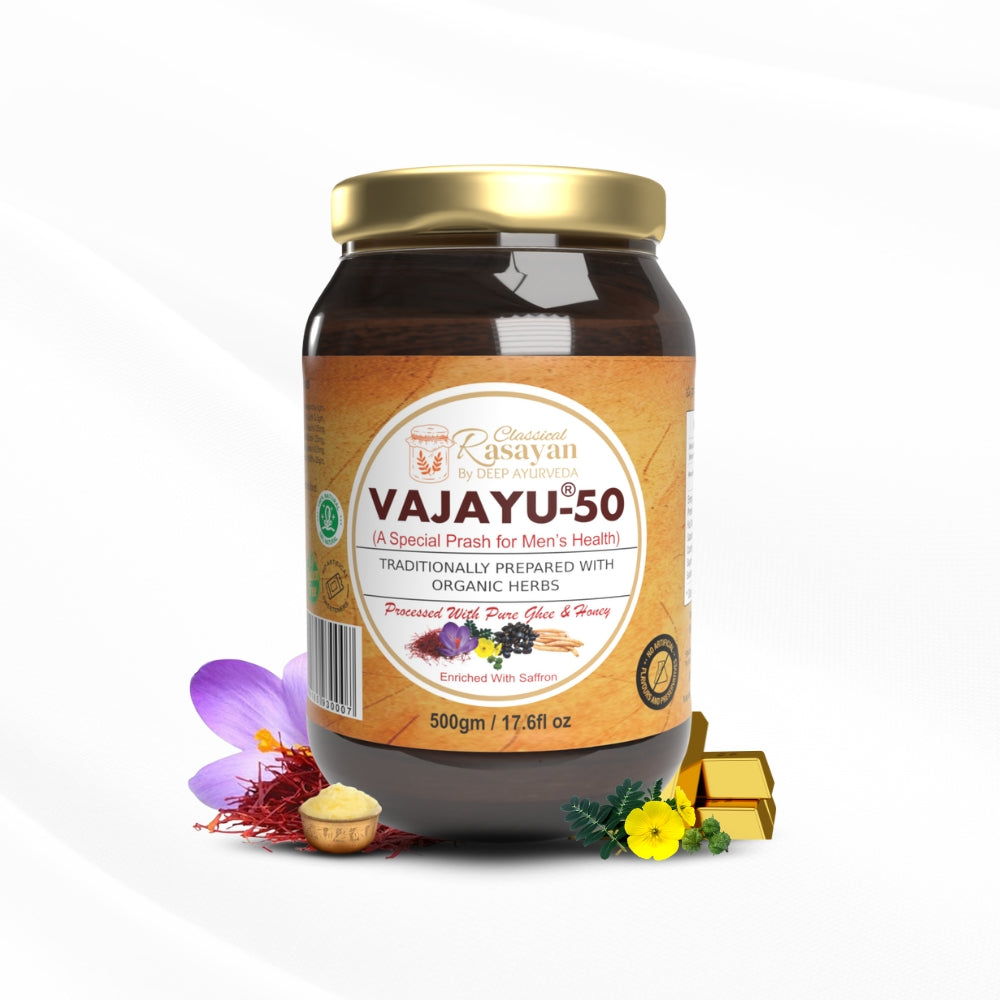Introduction
As of now, cancer, also known as Arbuda in Ayurveda text, remains a major health concern worldwide. According to the WHO ( World Health Organization), cancer is the second main cause of death globally, accounting for an estimated 9.6 million deaths in 2018.
The occurrence of cancer continues to rise, Various factors are responsible for it such as chemical exposure to human, population growth, aging, food habits, and changing lifestyles. The most common types of Tumor (Arbuda) cancer worldwide include lung, breast, colorectal, prostate, and stomach cancer. However, there is significant regional variation in the prevalence of different cancer types.
Cancer is a terrible illness that currently has no effective treatment options. No matter how much medical research has advanced, the cancer treatment protocol is uncertain because it depends on a variety of other elements. Both Ayurveda for cancer and contemporary science concentrate on treating the symptoms of this illness, while in severe cases the tumor is removed via surgery, chemotherapy, and medicine. While in Ayurveda treatment for cancer, the focus is more on determining the disease's pattern based on several variables, including the time of diagnosis, the size of the tumor at that point, whether it is benign or malignant, the patient's Prakriti type, the medical resources that are accessible, and others.

Arbud or Granthi could be used to draw the most accurate comparison between Ayurveda and cancer. The tumor or group of cells known as an arbud or granthi grows in an environment with favorable conditions. According to their development structured tumors are referred to as Arbud or Granthi. The more dangerous and stable variety, known as arbud, is difficult to eliminate and can even move from one location to another with the aid of connective tissues. On the other hand, a benign tumor might be little, contained in a single void, manageable, and effectively treatable if discovered sooner.
According to Ayurveda What is Cancer?
The course of treatment according to Ayurveda for cancer depends on the extent of how invasive the tumor may be since it also has many negative side effects. Cancer is defined as an unregulated cell proliferation with a lost differentiation mechanism. After then, it builds up in one location or possibly numerous locations, compressing nearby organs and tissues. Additionally, it blocks the blood supply and steals nutrients from the body, weakening the body and harming one's health. A tumor grows at a significantly faster rate than any other part of the human body and has a fully developed circulatory system. The body is very vulnerable to foreign bodies as a result.
When Mansa, Rakta, and Medha Dhatu are combined, doshas such as vata, pitta, and kapha become imbalanced. Vata, pitta, kapha, Mansa, rakta, and medha arbuda are some of the different types of arbuda/granthi that are involved. The sickness is created when the dhatus vata, pitta, and kapha unite with one another. Every single one of these tumors is unique and exhibits a variety of signs and symptoms.
Mansa arbuda, for example, is more solid, firm, and tactile, and it is linked to the spot without causing any discomfort. Rakata Arbuda, on the other hand, is more prone to infections and is more fragile, with a higher risk of bleeding. The cancerous and metastasizing Medha Arbuda (cells travel and get lodged spaces).
Vatik Arbuda (Vataz Tumor)
Vaat dosha spreads throughout the body, causing assemblage and the development of tumors when combined with Mansa and Medha. These symptoms are painful, dry, rough, and uneven in texture, and they become worse if the same amount of aahar and vihaar is consumed. Swedana and leech therapy are suggested for the management of vatik Arbuda or to lessen its symptoms.
Sudation, also known as swedana, is part of panchakarma therapy and is helpful in the best ayurvedic treatment for cancer of malignant cells. Bloodletting, often known as leech therapy, is a shodhana procedure used to cleanse the blood and re-establish normal blood flow in the strotas. Sudation, also known as swedana, is another form of therapy in which waste products are evacuated through body pores to increase the body's lightness.
Pittaja Arbuda (Pittaz Tumor)
According to Ayurveda, the pitta, which is also the body's ama, is a crucial component of the digestive system. Granthi is created when the Pitta dosha, when combined with Mansa, Rakta, and Medha Dhatu, locates an area that is conducive to cell proliferation and duplicates. This has more of an inflammatory appearance, is swollen, and eroding, and may have ulcerations or a burning feeling.
Virechan karma and bhedana karma are used to heal arbuda that developed as a result of pitta dosha. The best method for eliminating pitta dosha from the body is virechana karma. Bhedana karma is also advantageous because it aids in removing the pitta dosha that is affixed to strotas' lining. To eradicate the pitta arbuda and limit growth, purgative Ayurvedic herbs like wheat grass for cancer are utilized.
Kaphaja Arbuda (Kaphaj Tumor)
Due to its slimy, stable, pleasant, hefty, and pallid nature, the kapha dosha is responsible for the majority of tumor formation. These traits are also present in tumors. Consuming too much kapha dosha ahaar or leading a lifestyle that does so is not healthful but rather troublesome. According to cancer treatment in Ayurveda medicine, vamana/emesis is the most effective way to alleviate kapha dosha.
By taking medications with bitter, pungent, or sour properties, the body's amassed kapha dosha is expelled. By removing the doshas from the body, these medications operate as antibacterial and antimicrobial agents that limit the growth of alien organisms and assist to rejuvenate the internal environment. In this manner is kapha arbuda governed.
Following the guidelines of Ayurveda for cancer, it functions as a preventive strategy to maintain health and strengthen the immune system's ability to fight against alien invaders. Cancerous cells, on the other hand, have a hyperactive form and multiply at a much faster rate. Cancer treatment in Ayurveda has a solid method for balancing this condition that might be simply used. The shamana and shodhana process in Ayurveda is straightforward.
Extreme circumstances would call for alkali-assisted cauterization or surgery. Ayurvedic herbs for cancer like karanja, langali, haldi, trivrat, and panchtikta herbs have been demonstrated to be effective in reducing malignant growth symptoms. Altering one's lifestyle and choosing healthy alternatives can help control these diseases more effectively. Regular detoxification procedures should also be a regular part of one's routine to prevent the buildup of doshas.
Some most beneficial herbs for Cancer (Tumor)
There are some vital herbs playing a important role in ayurveda for cancer treatment and it management.
Here are the detail of some of the most beneficial herbs for cancer (Tumor):
1. Curcumin: Curcumin is the polyphenolic phytochemical compound found in turmeric rhizome, curcumin having anti-inflammatory and antioxidant properties and it potential in inhibiting the growth of cancer cells and reducing tumor size.
2. Wheatgrass : One of the key herb mentioned in Ayurveda for cancer treatment, It is Rich in enzymes, vitamins, and minerals, wheatgrass extract strengthen the body immune system and detoxify the cells. It may also help inhibit the growth of cancer (arbuda) cells.
3. Ashwagandha: It is the most popular and vital herb, active compound found in ashwagandha root extract are Alkaloids, steroidal lactones, saponins and withanolides. Ashwagandha also known as an apoptogenic herb, It is very useful to manage stress, general weakness and increases muscle and strength. Many Studies have shown its effect in reducing the growth of cancer cells and supporting the effectiveness of chemotherapy drugs. It also increased cytotoxic T lymphocyte production Some study on Ashwagandha roots shows that its root extracts have cytotoxic properties against lung, colon, CNS, and breast cancer cell lines.
4. Giloy: Botanical name is Tinospora cordifolia and is a immune-modulator and antioxidant herb. It may help enhance the immune response against cancer cells and support the body during cancer treatment as certain compounds from giloy show anticancer potential.
5. Holy Basil (Tulsi): Holy basil is know as queens of herb in Ayurveda science and has been traditionally used in Ayurveda since centuries. Holy basil leaf extract contains active constituents like eugenol, ursolic acid, rosemarinic acid, carotenoids, oleanolic acid, vitamin C, calcium, iron, zinc, and chlorophyll. It has antioxidant, anti-inflammatory, and immune-enhancing properties that may help in tumor (cancer) management and prevention.

6. Moringa: Rich in antioxidants and bioactive compounds, moringa has shown potential in inhibiting the growth of cancer cells and reducing tumor size. Moringa leaf contains the chemicals constituent like flavonoids, saponins, tannins, catechol tannins, anthraquinones and alkaloids. In many studies its show that Moringa leaf extracts slow down the growth of cancer cells and reduce the chemotherapy side effects on body.
For More information or cancer treatment please write us at info@deepayurveda.com and get the ayurvedic consultation.












2 Comments
This blog provides a detailed explanation of how Ayurveda views and manages cancer through dosha balancing detoxification and specific herbs offering a comprehensive holistic approach to treatment This focus on whole person care is essential The DEAN Foundation in Chennai also provides vital holistic support through its dedicated hospice and palliative care services offering comfort pain management and emotional support to ensure dignity and quality of life for patients and families during serious illness
Website – https://deanfoundation.org/hospice-and-palliative-care.html
This blog provides a detailed explanation of how Ayurveda views and manages cancer through dosha balancing detoxification and specific herbs offering a comprehensive holistic approach to treatment This focus on whole person care is essential The DEAN Foundation in Chennai also provides vital holistic support through its dedicated hospice and palliative care services offering comfort pain management and emotional support to ensure dignity and quality of life for patients and families during serious illness
Website – https://deanfoundation.org/hospice-and-palliative-care.html